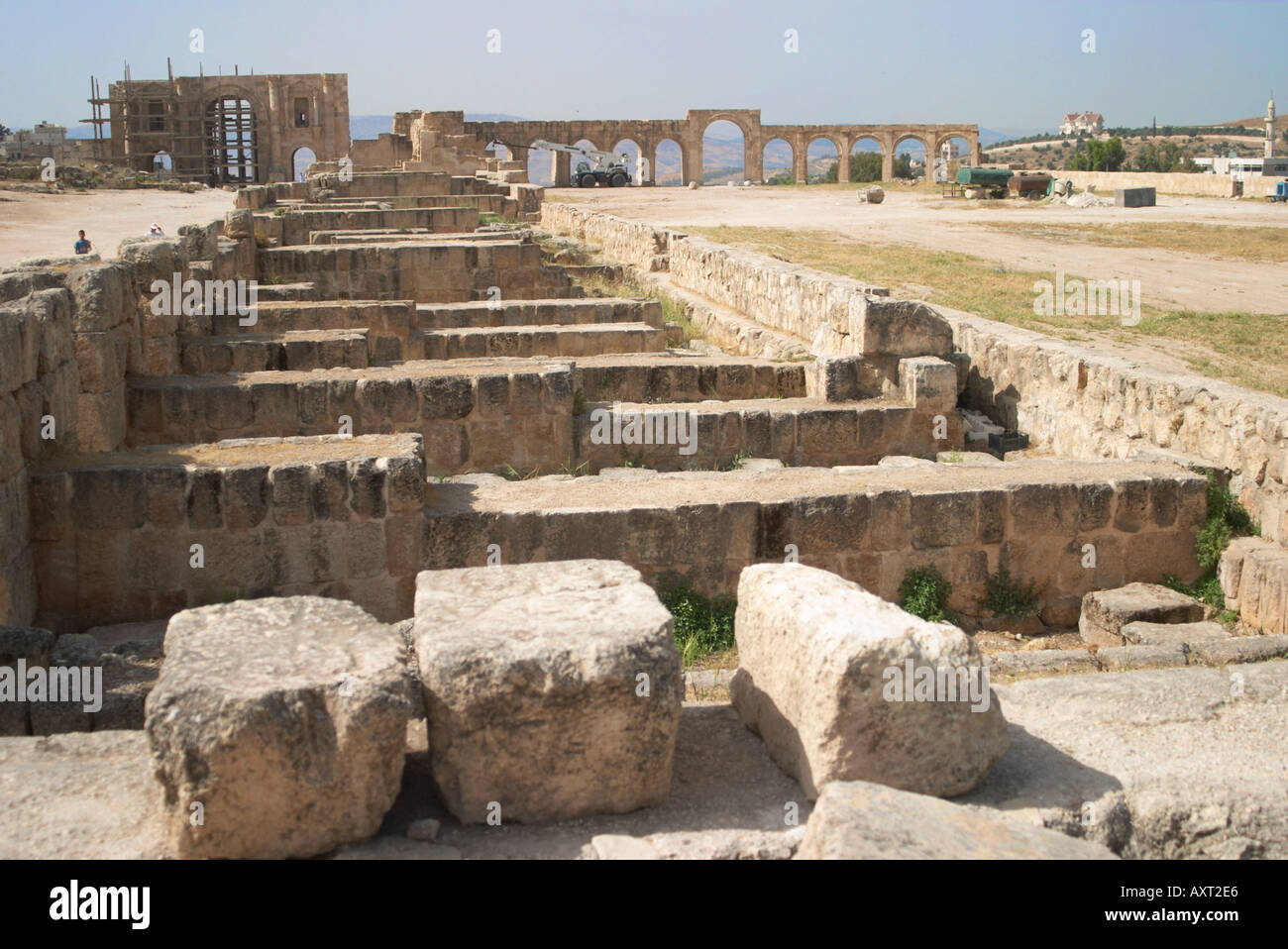

- #What was the largest hippodrome for watching chariot races drivers
- #What was the largest hippodrome for watching chariot races driver
Philip II of Macedon also won an Olympic chariot race in an attempt to prove he was not a barbarian, though if he had driven the chariot himself he would likely have been considered even lower than a barbarian.

In 416 BC the Athenian general Alcibiades had seven chariots in the race, one of which won obviously he could not have been racing all seven chariots himself.
#What was the largest hippodrome for watching chariot races driver
Arsecilas, the king of Cyrene, won the chariot race at the Pythian Games in 462 BC, when his slave driver was the only one to finish the race. However, by the time of the Panhellenic Games, the owners usually had slaves who did the actual driving, and it was the owner who was awarded the prize. In Mycenaean times the driver and owner would have been the same person, and therefore the winning driver received the prize. The chariot race was not as prestigious as the stadion (the foot race), but it was more important than other equestrian events such as racing on horseback, which were dropped from the Olympic Games very early on. Deliberately running into an opponent to cause him to crash was technically illegal, but nothing could be done about it (at Patroclus' funeral games, Antilochus in fact causes Menelaus to crash in this way), and crashes were likely to happen by accident anyway. If a chariot had not already been knocked over by an opponent before the turn, it might be overturned or crushed (along with the horses and driver) by the other chariots as they went around the post. These turns were extremely violent and often deadly. The most exciting part of the chariot race, at least for the spectators, was the turns at the ends of the hippodrome. The charioteer's feet were held in place, but the cart rested on the axle, so the ride must have been bumpy to say the least. The chariots themselves were modified war chariots, essentially wooden carts with two wheels and an open back, although chariots were by this time no longer used in battle.

Unlike the other Olympic events, charioteers did not perform in the nude (see nudity in sports), probably for safety reasons because of the dust kicked up by the horses and chariots, and the likelihood of bloody crashes. These were probably bronze carvings of those animals, set up on posts at starting line. Other mechanical devices known as the "eagle" and the "dolphin" were raised to signify that the race had begun, and were lowered as the race went on to signify the number of laps remaining. The race did not actually begin properly until the final gate was opened, at which point each chariot would be more-or-less lined up alongside each other, although the ones that had started on the outside would have been travelling faster than the ones in the middle. According to Pausanias these were invented by the architect Kleoitas, and staggered so that the chariots on the outside began the race earlier than those on the inside. hysplex) which were lowered to start the race. Various mechanical devices were used, including the starting gates (hyspleges, sing. A race consisted of twelve laps around the hippodrome, with sharp turns around the posts at either end. It was located beneath a hill, which provided standing room for possibly as many as 10 000 spectators. The hippodrome at Olympia was about 600 yards long and 300 yards wide, and up to 60 chariots could race at one time (though in practice the number was probably much lower).

#What was the largest hippodrome for watching chariot races drivers
The race was begun by a procession into the hippodrome, while a herald announced the names of the drivers and owners. The chariot racing event was first added to the Olympics in 680 BC (but was not, in reality, the founding event). In the Olympics, as well as the other Panhellenic Games, there were both four-horse (tethrippon) and two-horse (synoris) chariot races, which were essentially the same aside from the number of horses. A chariot race was also said to be the event that founded the Olympic Games according to one legend, King Oenomaus challenged his daughter Hippodamia's suitors to a race, but was defeated by Pelops, who founded the Games in honour of his victory. The race, which was one lap around the stump of a tree, was won by Diomedes, who received a slave woman and a cauldron as his prize. The participants in this race were Diomedes, Eumelus, Antilochus, Menelaus, and Meriones. It is known from artistic evidence on pottery that the sport existed in the Mycenaean world, but the first literary reference to a chariot race is the one described by Homer in Book 23 of the Iliad, at the funeral games of Patroclus. It is unknown exactly where chariot racing began, but it may have been as old as chariots themselves. Achilles arranged the first documented chariot race for the funeral games of his friend Patroclus.


 0 kommentar(er)
0 kommentar(er)
